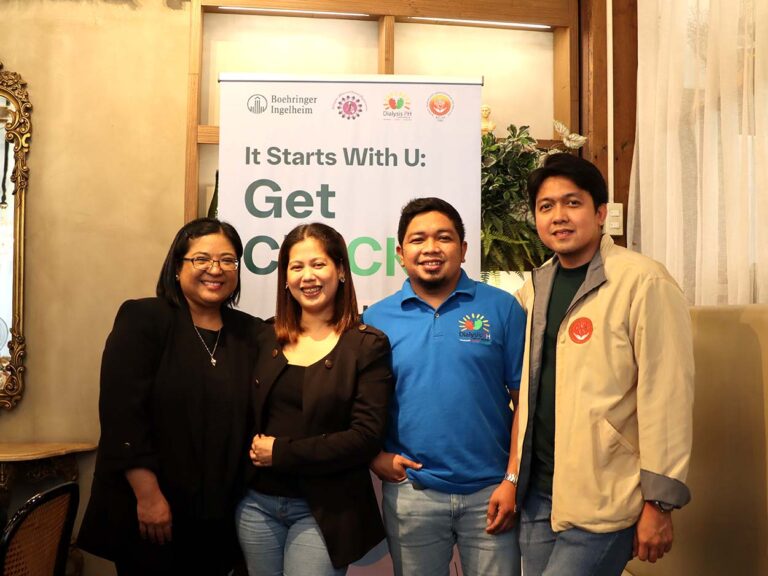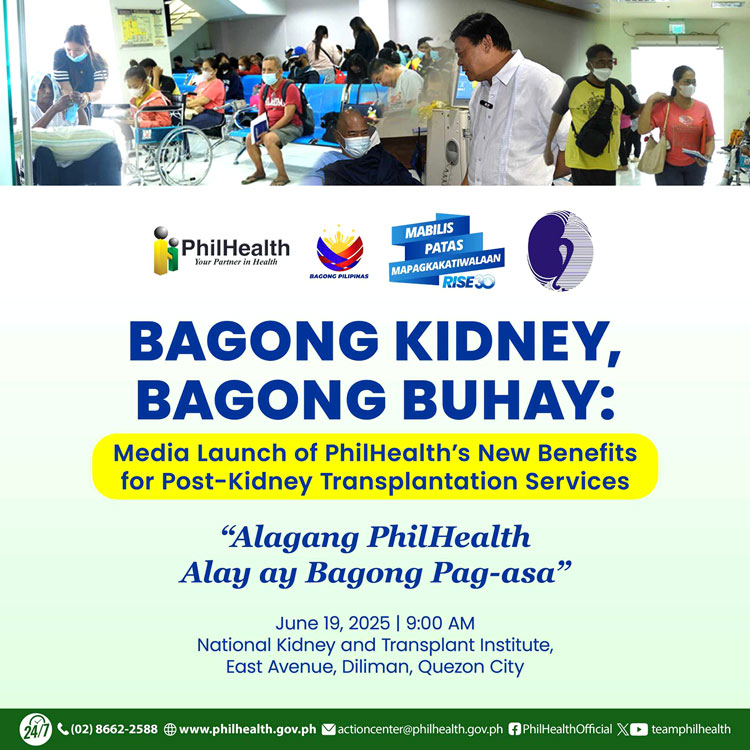‘THIS SITUATION is under control” says Department of Health-XI Regional Director Anabelle Yumang M.D. on the Meningococcemia case in Davao City.
“Once again we appeal to the public to be responsible in sharing information especially in social media, the thing that you share on your account will end up being shared by other users so please think before you share,” Yumang said.
The DOH-XI confirmed that Meningococcemia was the disease that killed a four-year old boy in Davao City. The Department also denied there is an outbreak of the disease.
Various social media users shared false information of a meningococcemia outbreak at Brokenshire Hospital where the boy was admitted. Others shared false information that the bacteria can be spread airborne and transmitted through air.
These false claims were debunked by the DOH, City Health Office and the Brokenshire Hospital in their official statements to the media.
Post-Exposure Prophylaxis was given to people who came in contact with the patient, which included family members, pupils of of the pre-school where the deceased patient was studying and the emergency room staff where the patient was confined.
Meningococcemia is a life-threatening bacterial infection of the bloodstream caused by the Neisseria meningitides bacteria. The mode of transmission is through droplets and not airborne. It can be shared through sneezing, coughing, kissing or sharing of food, drink, utensils with an infected person.
Dr. Jack Estuart, the doctor who attended to the patient said that Meningococcal bacteria can be a normal inhabitant of people’s noses.
“Many of us in our room can have meningococcus in our noses. For some mysterious reason and one reason the host or the patient must have experienced a decrease in his immunity, his resistance to the bacteria lessened maybe of a prior viral infection or whatever stress the body took his immunity decreased, the bacteria saw this an opportunity to overwhelm his defenses. The meningococcal became invasive, which caused the disease,” Estuart said
Estuart said once a patient shows signs of symptoms consistent with meningococcemia, protocols are activated.
“Number one is how to protect the people in the family, how to protect the doctors, nurses and the health workers and other high-risk groups,” Estuart said.
He said the main problem was that people did not have a good understanding of meningococcemia which would result in panic.
“It’s not like if there is one meningococcemia patient, all residents in the city are at risk. It is not like that. There are just high-risk groups,” Estuart said.
“These high-risk groups were given immediate attention, that was important,” he said.
Estuart said the case was under control and they can deal with it, only that it was blown off in social media.(By Rudolph Ian Alama)



